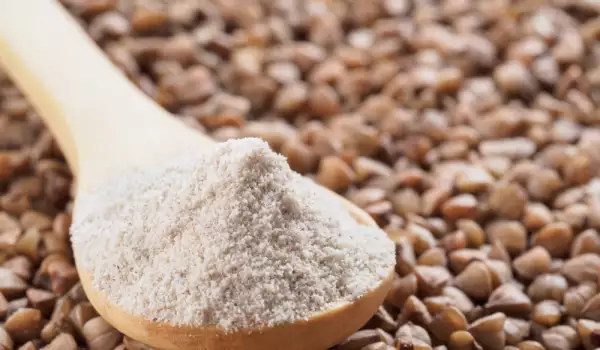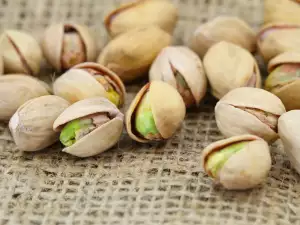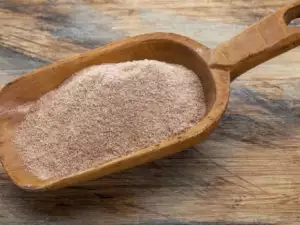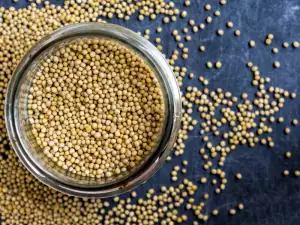Buckwheat flour is made from ground buckwheat, a plant known for its beneficial nutritional properties. Buckwheat grains can be used almost the same way as rice. It is a main ingredient in many traditional European and Asian dishes.
Buckwheat has become popular as a healthy food, because of its high mineral and antioxidant contents. There are two types of buckwheat, common buckwheat (Fagopyrum esculentum) and tartary buckwheat (Fagopyrum tartaricum).
Buckwheat is harvested mainly in the Northern Hemisphere, especially in Russia, Kazakhstan, China and Central and Eastern Europe. It does not contain gluten. The flour is used to make traditional Japanese noodles. Buckwheat is a good source of fiber, protein and trace elements such as manganese, magnesium, copper, iron and phosphorus.
Research shows, that buckwheat flour can lower blood sugar for people with diabetes and improve biomarkers of heart health. It may also have anti-cancer, anti-inflammatory and prebiotic properties. Prebiotics are a type of fiber that feeds the good bacteria in the gut and supports the health of the digestive system.
Buckwheat flour has an unique, rich nutty flavor and can be used to make gluten-free creams, pancakes, muffins, bread (both quick and with yeast) and cookies. For best results, buckwheat flour should be used in combination with other whole grain flours, which add up to 25-50% of the total flour in the recipe.
1/2 cup (60 g) of buckwheat flour contains:
Calories: 200;
Protein: 4 g;
Fat: 2 g;
Carbohydrates: 44 g;
Fiber: 6 g;

Iron: 17% of the recommended daily intake;
Manganese: 34% of the recommended daily intake;
Magnesium: 33% of the recommended daily intake;
Copper: 73% of the recommended daily intake;
Phosphorus: 17% of the recommended daily intake.
Buckwheat is rich in a variety of antioxidant plant compounds, which are responsible for many of its health benefits. In fact, it provides more antioxidants than many other grains such as barley, oats, wheat and rye. Tartary buckwheat has a higher antioxidant content than regular buckwheat.
Here are some of the main plant compounds of buckwheat:
Rutin. The main antioxidant polyphenol in buckwheat, rutin, can reduce the risk of cancer and prevent inflammation, lower blood pressure and your lipid profile.
Quercetin. Found in many plant foods, quercetin is an antioxidant, which may have a variety of beneficial health effects, including reducing the risk of cancer and heart disease.
Vitexin. Animal studies show that vitexin may have a number of health benefits. However, excessive intake can contribute to an enlarged thyroid gland.
D-chiro-inositol It is an unique type of soluble carbohydrate, which lowers blood sugar levels and may be beneficial for managing diabetes. Buckwheat is the richest dietary source of this plant compound.
If you're into gluten-free foods, check out these suggestions for gluten-free recipes as well.




















Comments